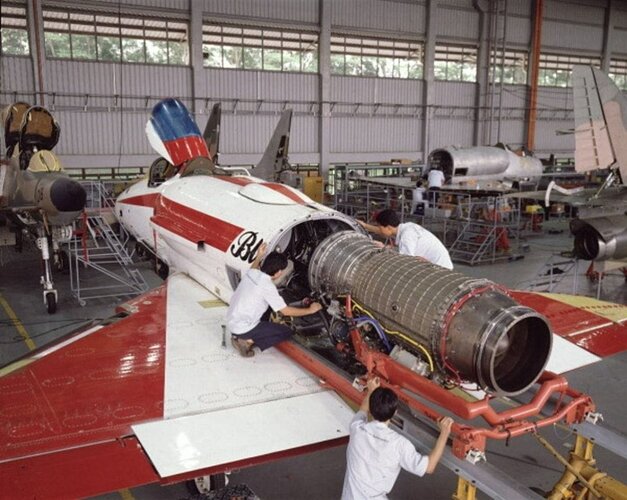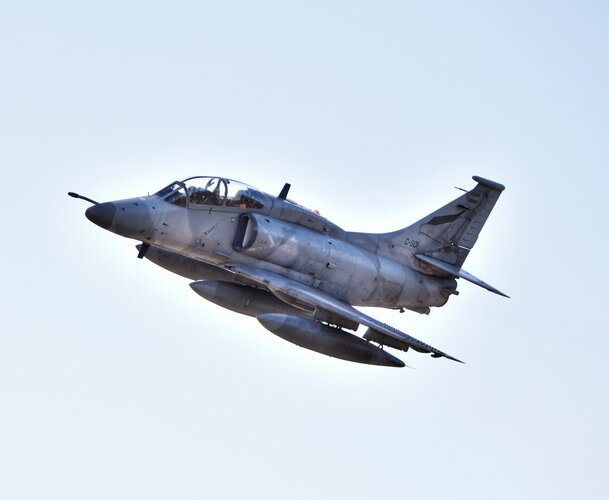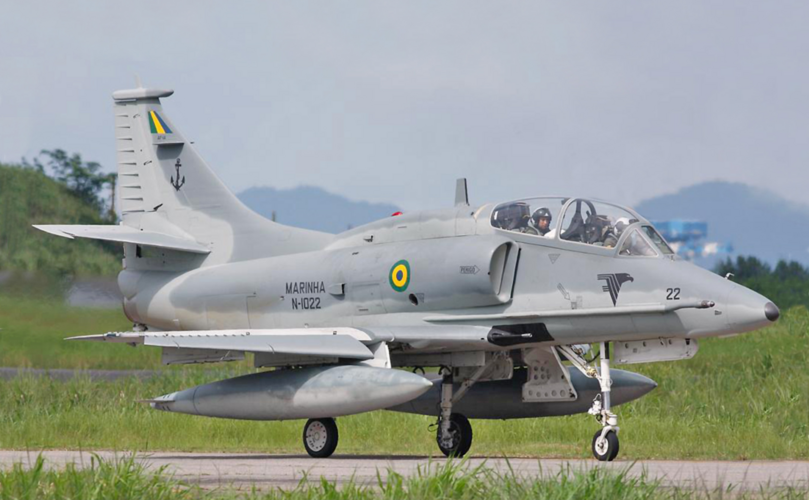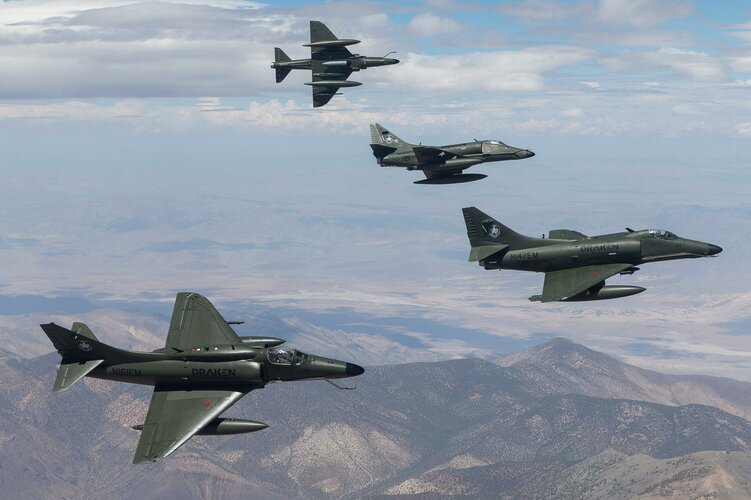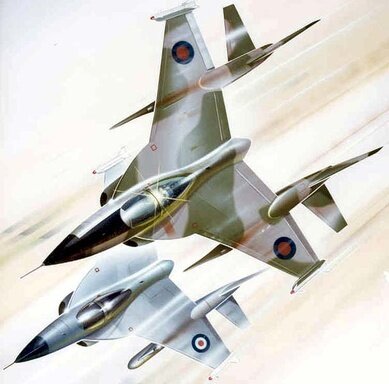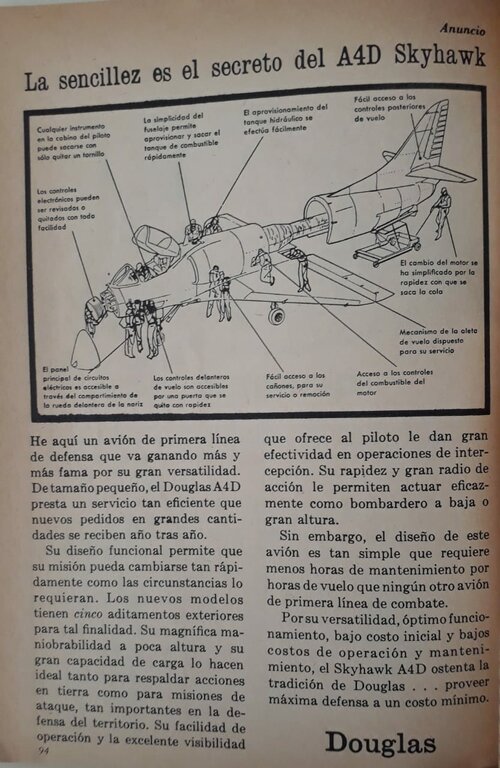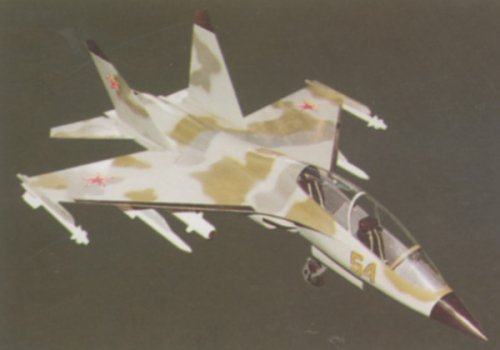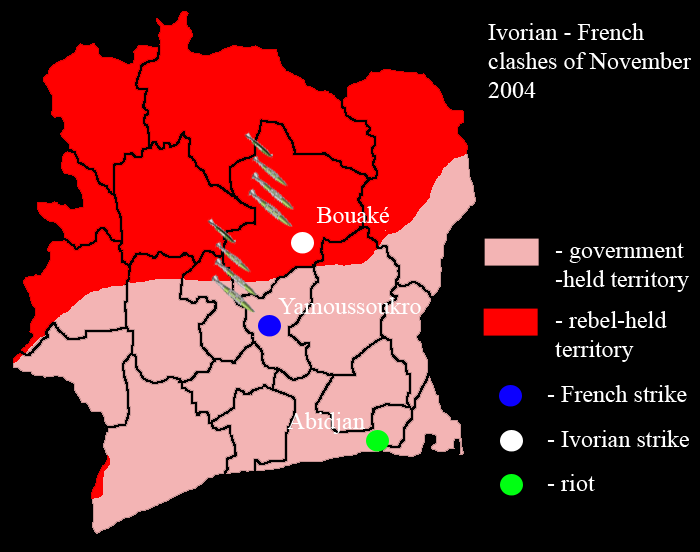The concept behind the Skyhawk was "absorbed" by most LCA/LIFT aircraft we see today as the cheaper alternatives to a proper Multirole. But this still a bit far ahead from what the A-4 is, specially considering that the A-4 wasn't intended to be a fighter from day 1 (At least for the US), thus why we never saw it armed with more than WVR missiles.wouldn't the Indian HAL Tejas be getting close to this requirement?
Its often referred as "DogMeat" here, not as its nickname, but more as a term given to aircraft/Machines that are meant to be durable, cheap, and easy to keep running despite their age.
As for bringing the concept to todays standards...im guessing that like it did in the 50s, a lot of compromises would have to be taken in order to get something that could be as cheap and efficient (No stealth, small airframe and maybe subsonic?).

